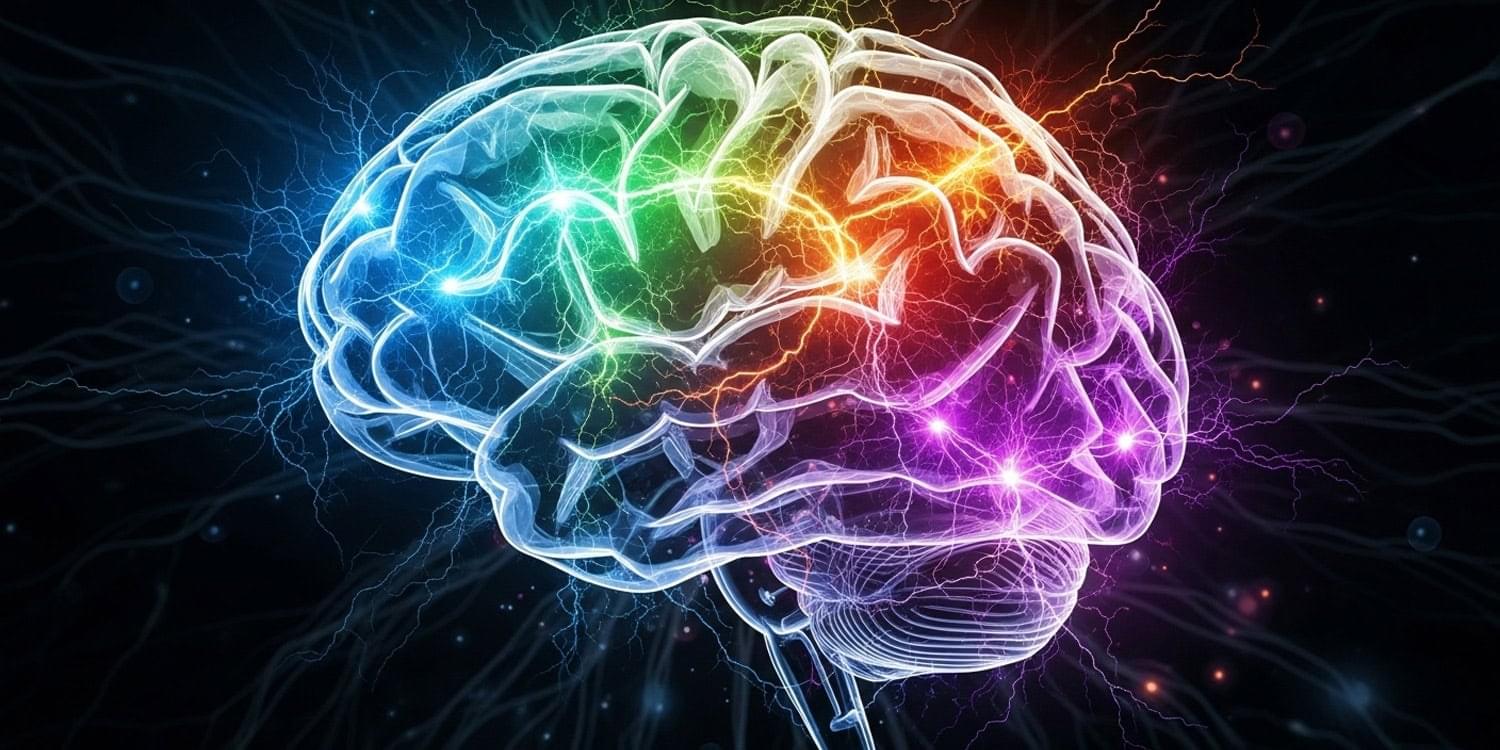A fiber optic breakthrough could reshape how we filter light signals.



Immigrants are crucial for US innovation: our research revealed that 65 countries (apart from the US) have produced at least one founder of a US unicorn. Here is the list of countries with 10 or more US unicorn founders by continent:
• Europe: The United Kingdom leads with 31 founders, followed by Germany (18), France (17), Russia (14), Ukraine (12), and Ireland (10).
• Asia: India leads with 90 founders, followed by Israel (52), China (27), and Taiwan (12).

The suite of powerful particle accelerators at RIKEN has a long history of dual-purpose use. As well as the central role these instruments play in fundamental nuclear physics research, they have also long been employed in the production of valuable radioisotopes.
Today, some of the strongest radioisotope demand comes from medicine, where they are used in imaging and increasingly, as cancer treatments. Currently, there is a rapidly growing interest in astatine-211, a promising radioisotope for the potential selective treatment of numerous cancers.
Fortunately, innovative new methods for producing astatine-211 in practical amounts have recently been pioneered at our facility. And, a recently launched human clinical trial at Osaka University Hospital of an astatine-211 based anticancer radiopharmaceutical, a first for Japan, is leveraging these new production abilities. (Circa 2024)
RIKEN’s particle accelerator facilities are producing astatine-211, a radioisotope with great promise for selective anti-tumor therapies, says Hiromitsu Haba.
Anastasi In Tech




Now, a team of researchers based at the Massachusetts Institute of Technology (the United States) has tried to shed light on the inner workings of the language models that predict the structure and function of proteins by using an innovative technique. They have described their findings in the study, ‘Sparse autoencoders uncover biologically interpretable features in protein language model representations’, which was published in the journal Proceedings of the National Academy of Sciences last month. The team included Onkar Gujral, Mihir Bafna, Eric Alm, and Bonnie Berger.
Story continues below this ad.
Berger, the senior author of the study, told The Indian Express over email, “This is the first work that allows us to look inside the ‘black box’ of protein language models to gain insights into why they function as they do.”

Scientists at Leipzig University have identified a little-known receptor, GPR133, as a key player in bone health. By stimulating this receptor with a new compound called AP503, they were able to boost bone strength in mice, even reversing osteoporosis-like conditions. The breakthrough highlights a promising path toward safer and more effective treatments for millions struggling with bone loss, while also hinting at broader benefits for aging populations.

In a breakthrough for next-generation technologies, scientists have learned how to precisely control the behavior of tiny waves of light and electrons, paving the way for faster communications and quantum devices.
Controlling light at the smallest scales is crucial for creating incredibly small, fast and efficient devices. Instead of bulky wires and circuits, we can use light to transmit information. One challenge of this approach is that light, with its relatively large wavelength, is not easily confined to small spaces.
However, in a study published in the journal Light: Science & Applications, researchers have developed a method to control tiny waves of light and electrons called Dirac plasmon polaritons (DPPs).